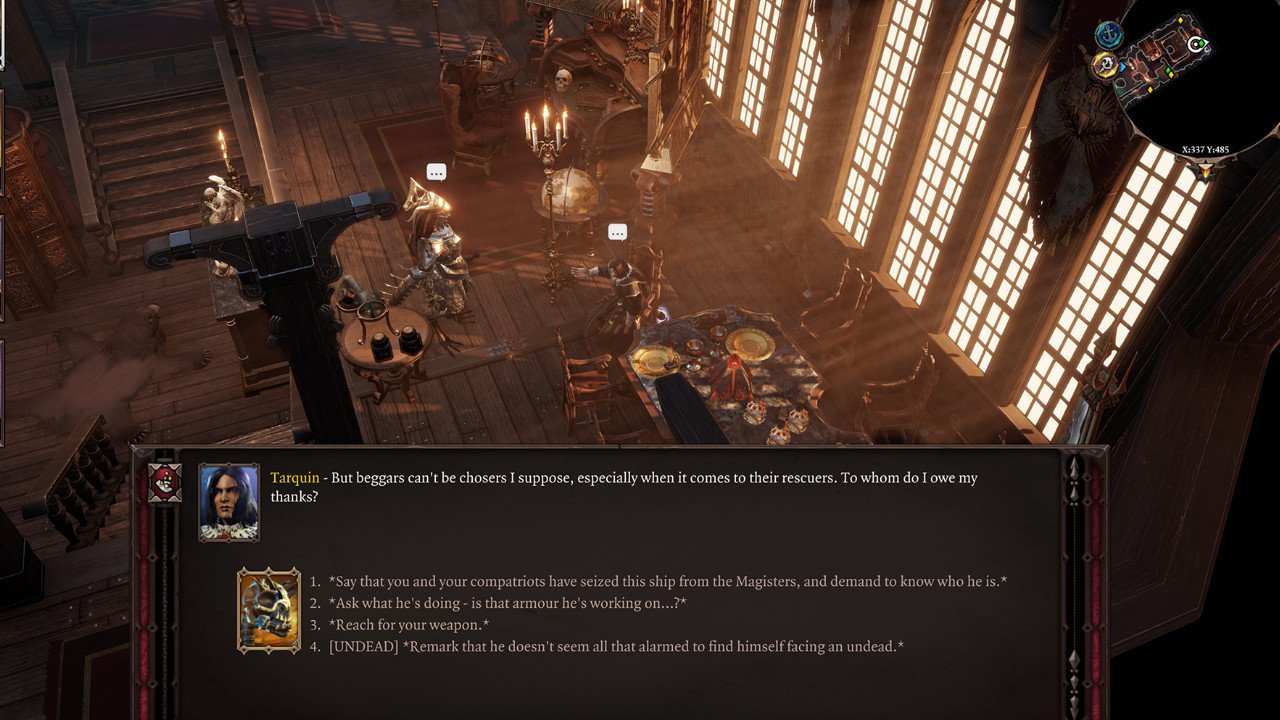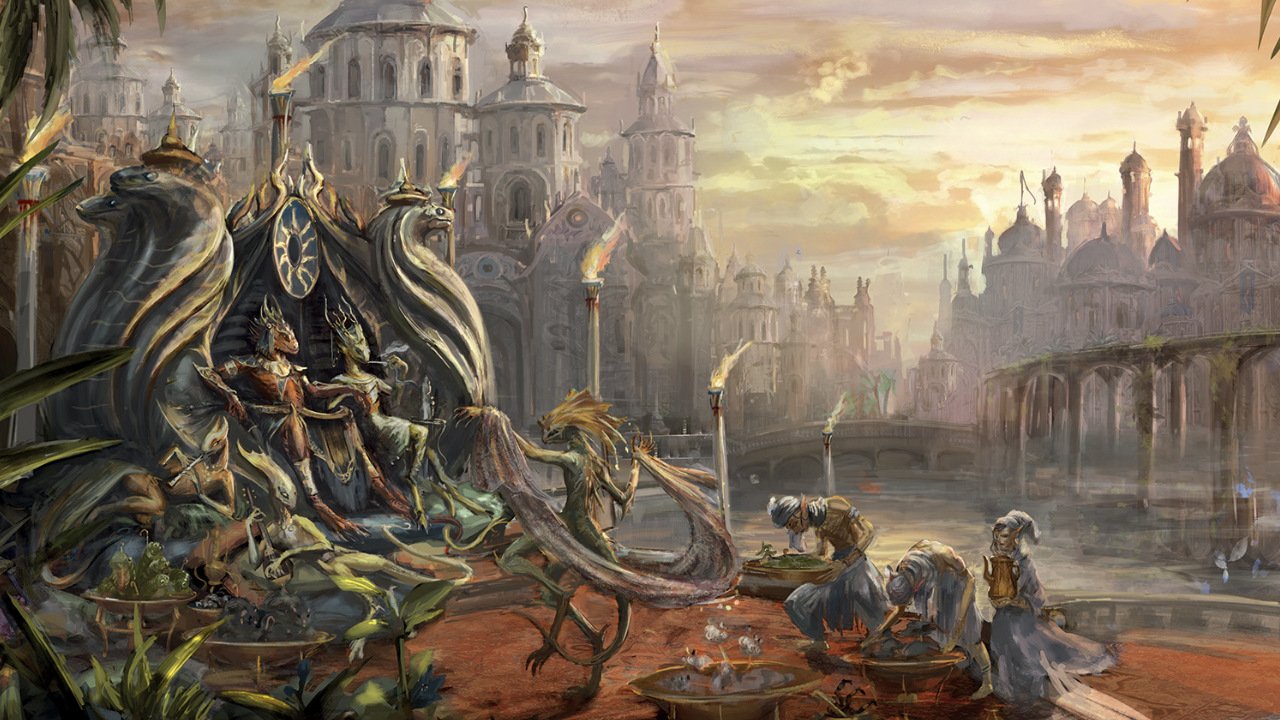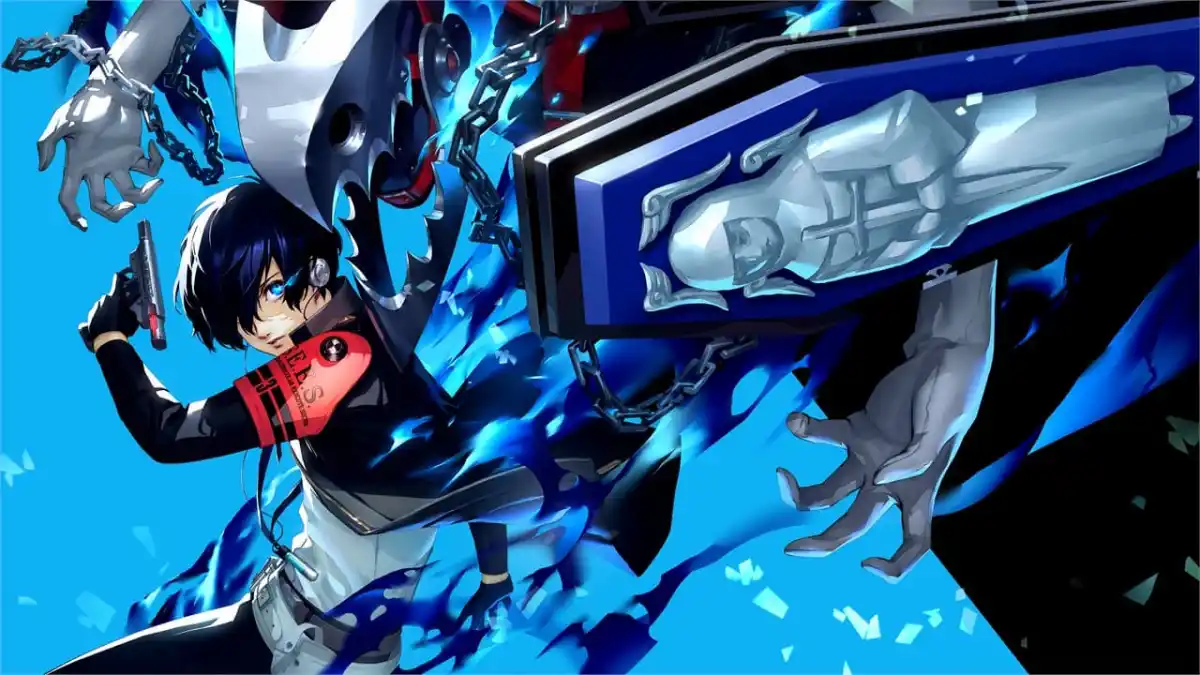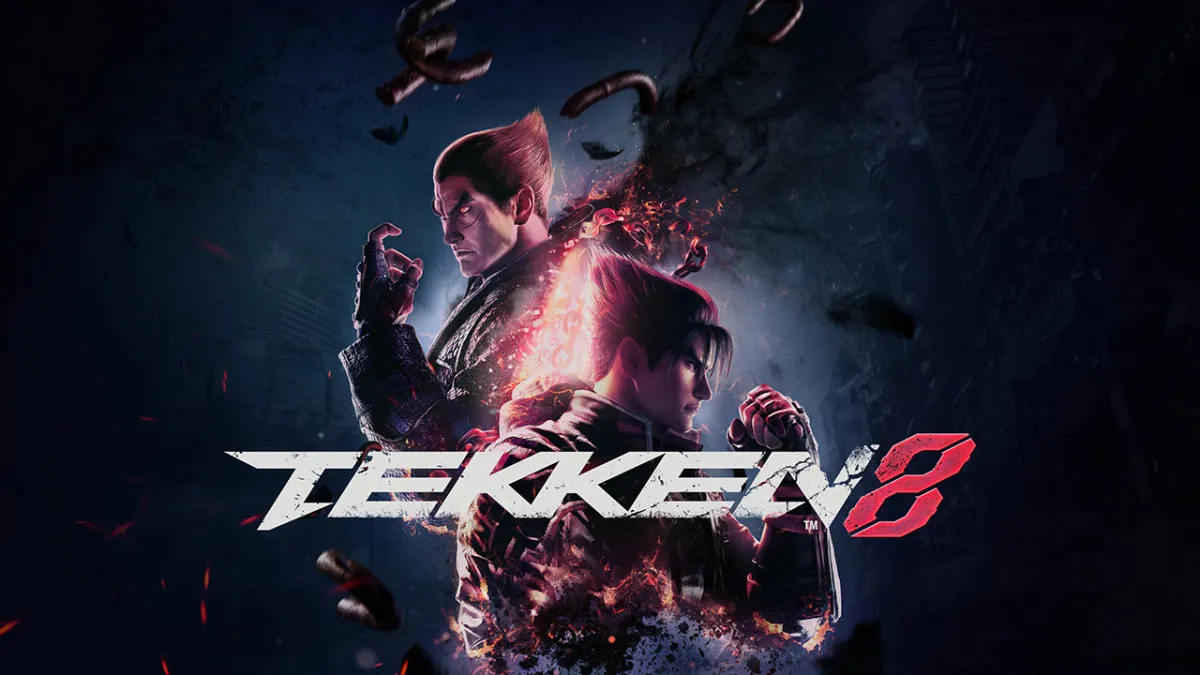When Divinity: Original Sin II launched for PC last year, many gamers were stunned by the sheer amount of freedom the game allowed. Stories still abound of players solving the game’s puzzles and enemy encounters with all manner of insane and creative solutions. There are rules of course, but they never discourage one from investigating even the craziest “what if I tried this?” thoughts. Divinity: Original Sin II – Definitive Edition brings this zany level of freedom, along with several improvements, to the console space. One would think a game of this depth and structure wouldn’t be able to make such a transition with any degree of grace, but it seems Larian Studios has managed to pull it off. Divinity: Original Sin II – Definitive Edition works almost as well on console as it does on its native PC.
For those who are hearing about this game for the first time, Divinity: Original Sin II is a classic role-playing game that functions like a Dungeons and Dragons campaign come to life. Players have fourteen classes to choose from, and can develop their character however they wish. Experience is gained for every notable action too, not just for combat. This means that no matter how one wants to approach a situation, they’re certain to gain experience for resolving it. Players have near-complete freedom in regard to how they want to go about the game. That’s not hyperbole either; Larian has crafted an experience that allows for just about everything so long as it’s within the bounds of reason. This incredible amount of freedom is perhaps the game’s biggest draw and its greatest strength.
Imagine a typical boss in an RPG like Dragon Age: Origins. It’s a nasty Darkspawn Ogre that needs to be dealt with one way or another. The party facing it is comprised of a standard warrior, rogue, mage, and healer. The best strategy for confronting this boss is clear: warrior serves as frontline, rogue gets behind the enemy for backstabs, mage pokes at it with whatever elemental spells it’s weak against and the healer keeps everyone healthy. From there it’s just a matter of chipping away at the monster’s health until it falls over and gives up its loot. It’s a fun fight, but it doesn’t deviate from genre convention. Put that same encounter in Divinity: Original Sin II however, and suddenly there’s a wealth of other options available to pursue.

This time around, one could use the exact same they did in Dragon Age: Origins and defeat the beast using standard RPG party tactics. This is a perfect acceptable strategy that Divinity: Original Sin II has no trouble accommodating, but it’s a bit boring. So…what if instead of trying to fight it directly, what if the player decided they wanted to turn it into a chicken instead? The chances of success are low, but if the dice roll check out, then the dice roll checks out. The ogre is transformed into a chicken and is quickly destroyed.
Alternatively, maybe the player doesn’t want to fight the beast at all and would rather just sneak past it and proceed to the next area. Again, the chances of success aren’t great, but with a little luck that boss fight is as good as skipped. These sorts of options can be explored in just about every other context too. Don’t feel like fighting an enemy? Then just explain to them why they should help you instead. Somebody have something you want? Fight them for it, steal it, buy it off them, or just convince them to hand it over. In Divinity: Original Sin II players are truly free to make their way through the game however they wish; it’s just a matter of exploring one’s options.
As awesome as this is, it’s not always a great thing though. Having the freedom to make decisions also means having the freedom to make the wrong decisions. Say the wrong thing to the wrong person, and what should have been a nice conversation turns into a nasty combat encounter. Avoiding combat against one enemy could also result in combat with a whole group of other enemies, and on it goes. Divinity: Original Sin II is just as willing to punish ingenuity as it is to reward it. One would be wise to exercise caution when cooking up their next scheme.
For players who really enjoy RPG combat and actually do want to fight everything that looks at them the wrong way, Divinity: Original Sin II has a fairly deep combat system available. This is a turn-based affair of a sort similar to something like Legend of Heroes: Trails in the Sky; each character takes their turn in a set order displayed on the screen, and they have a set number of actions they can perform per turn. Once they run out of action points, they must end their turn and allow the next character to proceed. It’s within this context that the player must form and execute their winning strategy.

From the start of their turn, the player has all manner of options available to them. Before acting though, they would do well to take a good long look at the battlefield. Most combat spaces have some sort of feature that can be exploited, so identifying them early will always go a long way towards achieving victory. From there it’s just a matter of positioning ones allies in a way that minimizes friendly fire and attacking enemies in an order that minimizes the number of turns they get. See, the turn order for everyone involved in the encounter is shown at the top of the screen, and the game makes it clear which enemy is being targeted. Eliminating enemies early obviously deprives them of a turn, but they can be kept from going if they’re immobilized too.
When one does decide to make use of an environmental exploit, they’d best be absolutely sure that it won’t take them out along with the enemy. Hazards like fire don’t distinguish friend from foe and have the potential to spread wildly if triggered improperly. If one isn’t careful, they could very easily kill themselves along with their opposition. Such is the way of combat in Divinity: Original Sin II though; it’s just a matter of being aware of exactly what one’s party and one’s enemies are capable of. As far as combat systems go, it fairly engaging and only suffers from a couple of mechanical hiccups. The camera isn’t always positioned in a way that’s optimal, and it’s not always clear if one’s characters are positioned properly as a result. However, such occurrences are fairly rare, so players need not fear having to fight the camera most of the time.

As for what exactly this rag-tag party of misfits is trying to accomplish, well it wouldn’t be a fantasy RPG if they weren’t trying to change the world would it? At the story’s outset, the player is identified as a Sourcer, a type of magic user currently reviled across the world for their supposed connection to the monsters plaguing the civilized peoples. You’re being hunted, as are your companions and you goal is nothing less than discovering the nature of your powers, identifying the true source of the monsters, saving the world from those deceiving it, and coming out of it as the most powerful individual in the world. There are plenty of twists and turns to it, and the narrative even seems to react to the player’s actions. There’s no need to get into spoilers here, but suffice it to say that it’s a tale worth participating in. That said, this isn’t the only story available for players to pursue.
Divinity: Original Sin II has a wealth of multiplayer features that make it truly worthy of the Dungeons and Dragons comparison. The game can be played locally with one other person via seamless splitscreen; players can either roam together or split off and explore completely different areas of the map. Alternatively, players can also go online and play with up to four others in the main campaign or in custom campaigns created by themselves or others. It all comes together to create the digital campaigning experience most RPG fans would think impossible, but here it is anyway and it works quite well with hardly any issues worth mentioning.
This version is supposed to be the definitive edition of the game though, so a few changes and additions have been made. Most of these are come in the form of presentation and quality of life improvements. Visuals are much more crisp and vibrant than in the original and functions like inventory management have been streamlined to minimize unnecessary steps when selling items or moving them between characters. New fights have been added to the second and third acts, and a comprehensive tutorial has been included in the game’s prologue chapter. Completing that tutorial is highly recommended by the way. Through it, Larian Studios does an excellent job of getting fresh players up to speed. Altogether, it’s a massive upgrade package that should please both new players and returning fans.

The version reviewed was played on a PlayStation 4, and it’s honestly rather shocking how well this game works when played with a controller. The developers seem to have taken everything into account here, as I don’t think there was ever a time I found myself wishing I was playing with a mouse and keyboard. The menus are all structured in a way that makes navigation easy. Information is quickly found, and tasks are quickly accomplished. Every button on the controller has consistent functions, the hotbar can be customized on the fly, and the player is never locked out of an option because of the control scheme. It must be admitted, however, that the mouse keyboard setup is still superior. The console controls are excellent for what they are, but they’re hampered by the controller’s inherent limitations. No matter what, it’s always going to take more time to to things with the controller than it would with mouse/keyboard.
The Verdict
Divinity: Original Sin II – Definitive Edition is absolutely the best possible version of an already exceptional role-playing game. It’s the same incredibly deep choice-driven experience it was when it launched a year ago, just with a slew of improvements thrown in for good measure. The console version is just as much fun to play as its PC counterpart, and its controls get the job done in a way that’s limited only by controller itself. This game is a must have for anyone who loves classic RPGs and wants to know what would happen if they actually dared to put their crazy ideas into practice.







